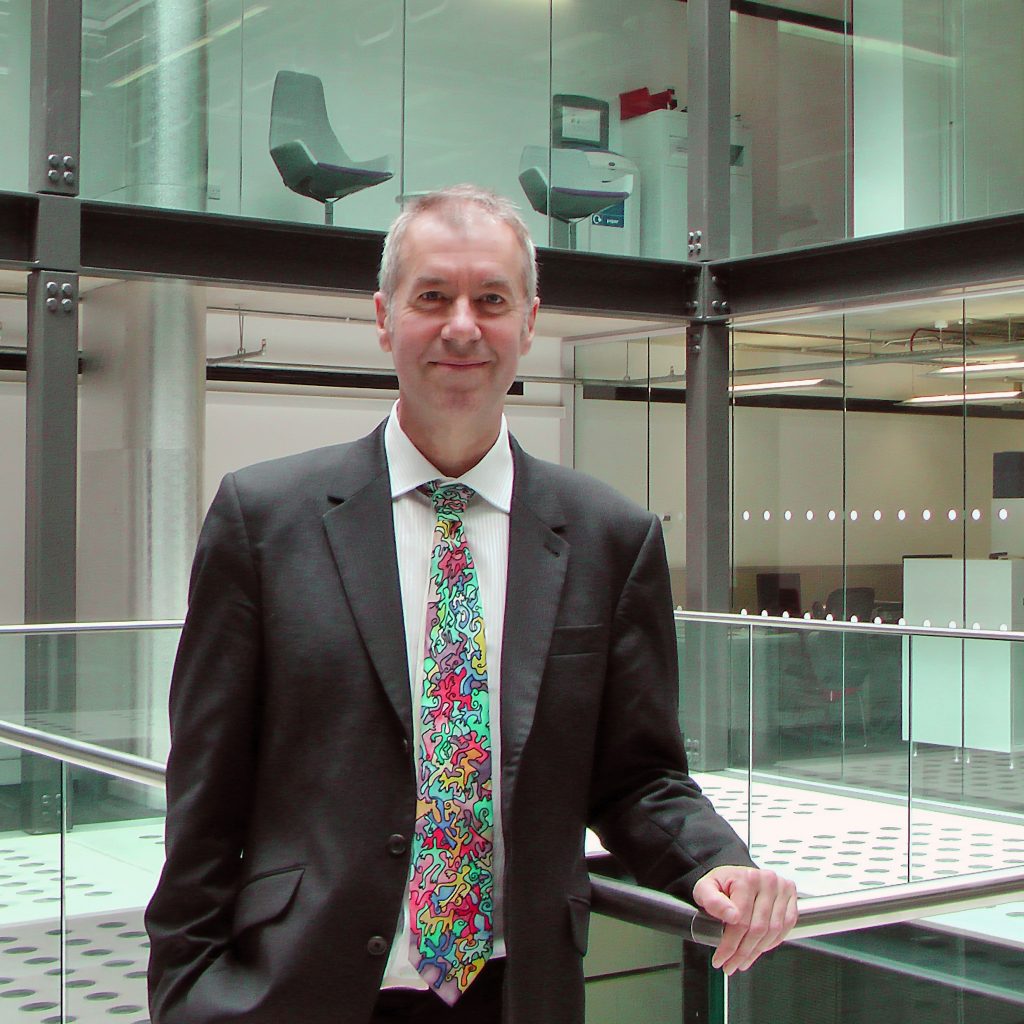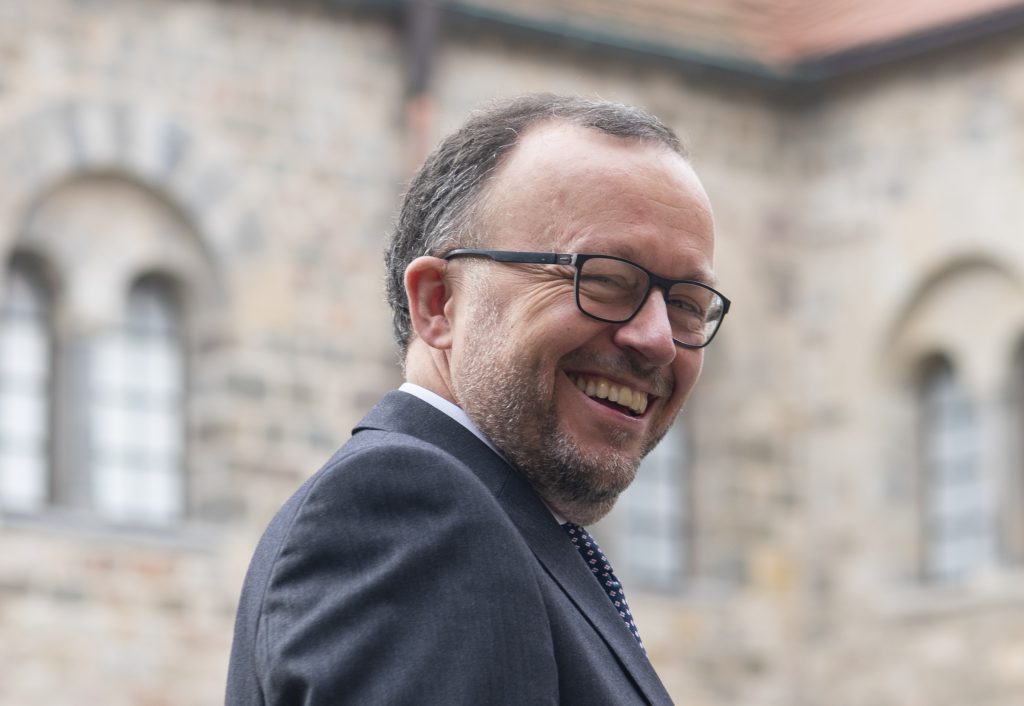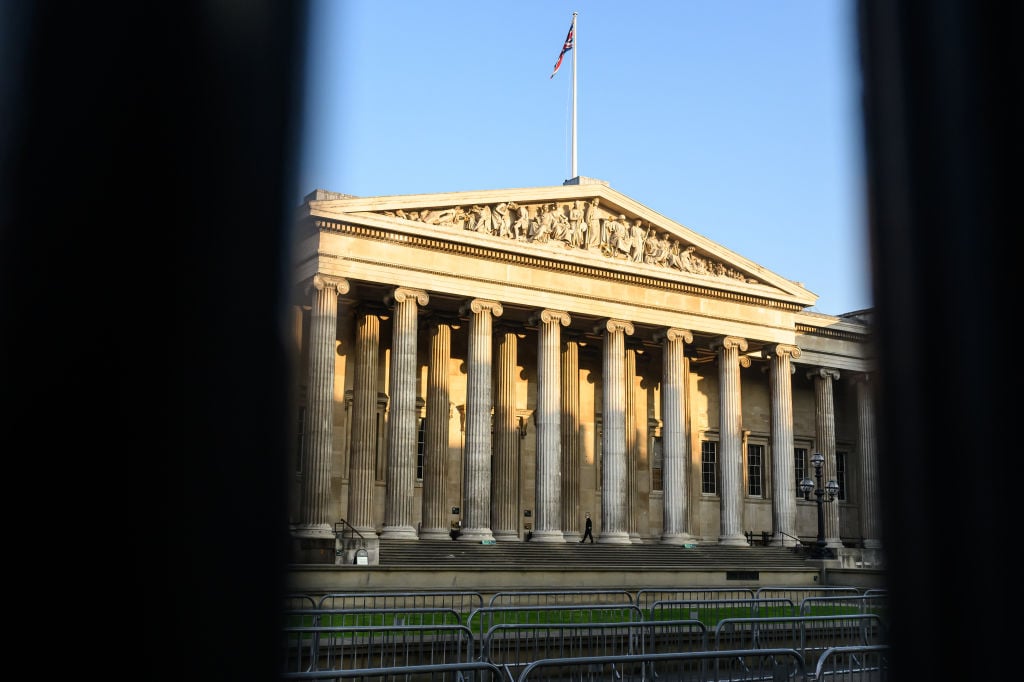Museums & Institutions
The British Museum Promotes an Archaeologist to Effectively Lead the Institution in the Wake of Its Embattled Director’s Departure
The museum is continuing its search for interim leadership.

The museum is continuing its search for interim leadership.

Sarah Cascone

Still reeling from the shocking news that a curator stole upwards of 2,000 artifacts from the institution, the British Museum has named Carl Heron, its director of scientific research, as acting deputy director.
“Carl is a highly-respected authority within the museum, so I’m sure you will all wish him well in this position,” British Museum chairman George Osborne wrote in an email to staff, assuring employees that the search for an interim director was well underway.
Heron, who specializes in bioarchaeology and the isotopic dating of archaeological materials and organic artifacts, first joined the British Museum in 2016 after 25 years at the University of Bradford, where he was head of archaeological sciences. He fills the vacancy left by the sudden departure of Jonathan Williams, who resigned after 30 years on August 25.
That departure happened just three hours after the ahead-of-schedule resignation of director Hartwig Fischer. Heron is now effectively the leader of the embattled museum, which is simultaneously facing growing restitution demands from China, Greece, and Nigeria.

Jonathan Williams, former deputy director of the British Museum in London in 2019. Photo by Stephan Schulz/dpa-Zentralbild/ZB/picture alliance via Getty Images.
The British acquired cultural artifacts from those countries during colonial times, often by force, and have long maintained that institutions like the British Museum are better equipped to safeguard treasures like the Parthenon Marbles and the Benin Bronzes. Now, some countries are arguing that a large-scale crime that went unnoticed for years is another compelling reason to return looted cultural artifacts to the their nation of origin.
Since the scandal surrounding the thefts became public, museum leadership has been accused of ignoring warnings about collection objects being sold on eBay—Greco-Roman art historian Ittai Gradel first raised the alarm back in 2021—as well as repeated staff requests for more resources to help document the full breadth of the collection.
“What makes the inside job theft appealing is a lack of documentation or robust auditing,” a source at the museum told the Telegraph. “Theft will easily go undetected, so there is little deterrent for a bad apple.”

An external view of the British Museum on February 13, 2023. Photo by Leon Neal/Getty Images.
Williams, the former deputy director, oversaw the creation of collection auditing teams in 2015, and dedicated department of collections care in 2019, headed by an inventory manager. But critics told the Telegraph there weren’t enough resources for the department, which left “effectively one person responsible for the documentation of eight million objects.”
Peter John Higgs, the museum’s senior curator for Greek and Roman art, is believed to be the person responsible for the thefts, which largely targeted uncatalogued collection objects. The museum fired him earlier this year.